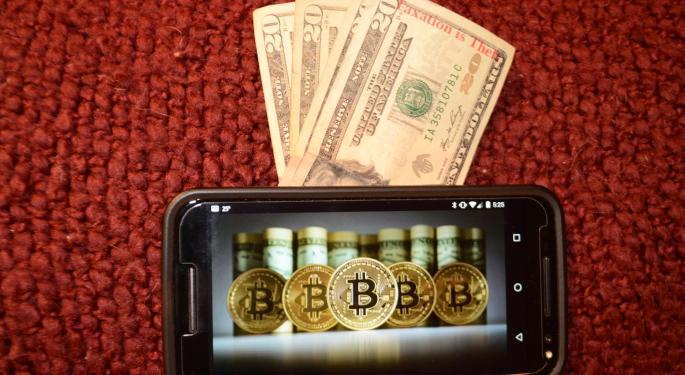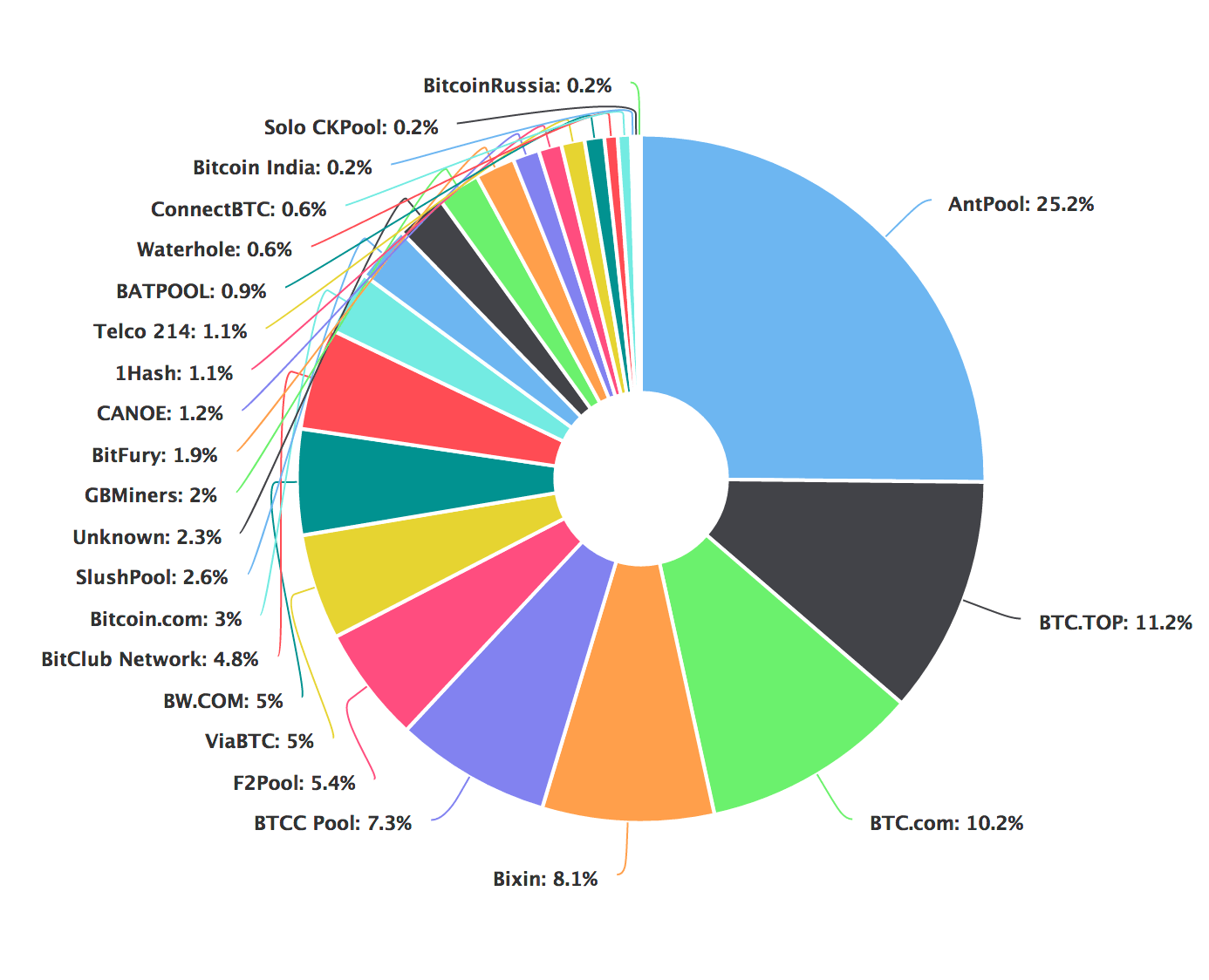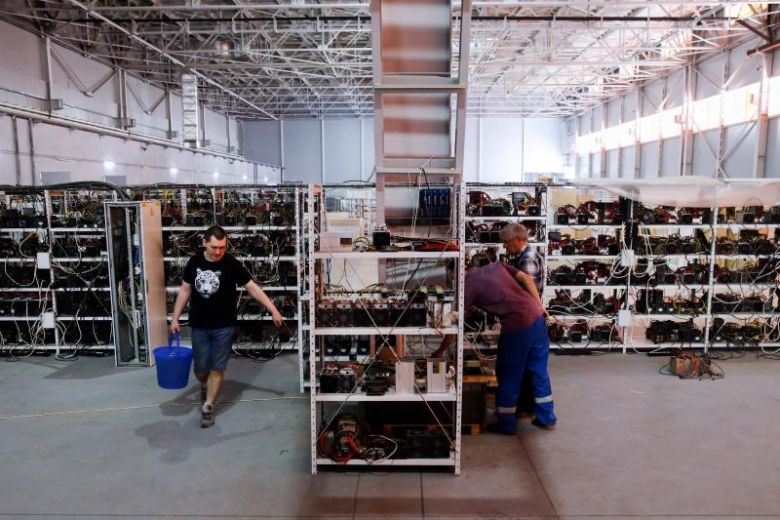Mark Cuban Backs Former Coinbase Employee's $20 Million Token Fund

A former employee of bitcoin's best-funded startup
is seeking to raise $20 million for a fund that will invest exclusively in cryptographic assets. Headed by one-time Coinbase product manager and Runa Capital principal, Nick Tomaino, the fund, called 1confirmation and launched officially today, already boasts impressive early backers. This includes celebrity investor Mark Cuban, who went so far as to praise the fund and its mission. "I think Nick is one of the sharpest minds in the space, and I'm a big believer that there will be transformational apps built on blockchain," Cuban told CoinDesk.
In interview, Tomaino provided more details about the fund's strategy, including its emphasis on moving computer networks from a centralized state to a distributed architecture so as to make them more robust and resilient against attack.
Or, as Tomaino frames it:
"The most interesting and useful thing about blockchains is their ability to empower people in new ways. Blockchains put power in the hands of people, and take it away from large institutions."
According to documents reviewed by CoinDesk, 1confirmation will make initial investments in the $100,000 to $500,000 range in SAFTs and SAFEs, legal vehicles designed to help investors pre-purchase tokens or equity prior to an ICO. 1confirmation will then seek to provide support similar to a traditional venture capital firm, including business development, legal and engineering assistence.
Philosophy of decentralization
Tomaino's fund follows a broader trend now underway in the space: early advocates starting funds to invest institutional money to cryptocurrency. Already, just shy of $2 billion has been invested in token sales, with recent months setting a string of records, according to the CoinDesk ICO Tracker. Yet, institutional investors have acknowledged the high signal-to-noise ratio in the market that makes it difficult to sort out the best ideas. When asked what specific implementations interesting him the most, Tomaino cited the concept of a "work token" – the idea that blockchain tokens can give users the right to contribute to a decentralized organization.
"I'm looking for projects that use tokens to create new organizational structures and behavioral models," he added When asked for some examples, Tomaino began by framing where he believes the industry is today. "The shift right now is around money. So, the biggest example is bitcoin. Fundamentally, what's interesting about bitcoin is the ability to shift the control of money from centralized institutions to people," he said.
Toward tomorrow
Tomaino also provided a few examples of where blockchain technology may be heading. One type of work that seems a likely candidate for tokens, according to Tomaino, is governance functions. "If token holders can act as governors in organizations they can vote on decisions," he said. Prediction markets, where the work that needs to be done is reporting on the outcomes of events, is another area he believes is ripe for decentralization.
"To do that in a decentralized way you can't use an API, because then you are just relying on centralization. You need tokens. To create a model where you're not relying on a centralized source of truth makes a lot of sense," he said. Taken in total, the recurring theme Tomaino stressed is that blockchains create new organizational structure – and that by financially backing founders who understand how cryptography, he's enabling a reinvention of the way that individuals interact with each other and the organizations that they are connected to. In this way, Tomaino sees 1confirmation as transcending the initial coin offering model and its focus on fundraising,
concluding:
"I'm not interested at all in projects that use tokens as a fundraising mechanism."
Blockchain ID Startup ShoCard Raises $4 Million in New Funding
Blockchain startup ShoCard has raised $4 million in new funding from a range of investors.Co-led by AME Cloud Ventures and Morado Venture Partners, two of the company's existing stakeholders, the round also saw participation from Storm Ventures, Danhua Capital and Correlation Ventures, as well as Recruit Strategic Partners and investor Robert Tinker.The completed round brings ShoCard's total venture funding so far to $5.5 million. In July 2015, the startup raised $1.5m in funding from a group of investors that included AME, Digital Currency Group, Enspire Capital and Morado.
Along with the funding, the startup unveiled a new enterprise-facing product, dubbed ShoBadge. The idea, according to the startup, is to eliminate the use of passwords and usernames by using mobile-based encryption, with blockchain technology being used to preserve an immutable record of who has permission to access accounts.
"ShoBadge will use the ShoCard verification, enrollment and authentication tools that leverage mobile devices along with the blockchain as the next generation of identity management, offering CIOs and CISOs a consolidated approach and more secure identity management for their enterprise," Armin Ebrahimi, the firm's founder and CEO, said in a statement.
Chuck Reynolds

Marketing Dept
Contributor
Please click either Link to Learn more about -Bitcoin.
David https://markethive.com/david-ogden










